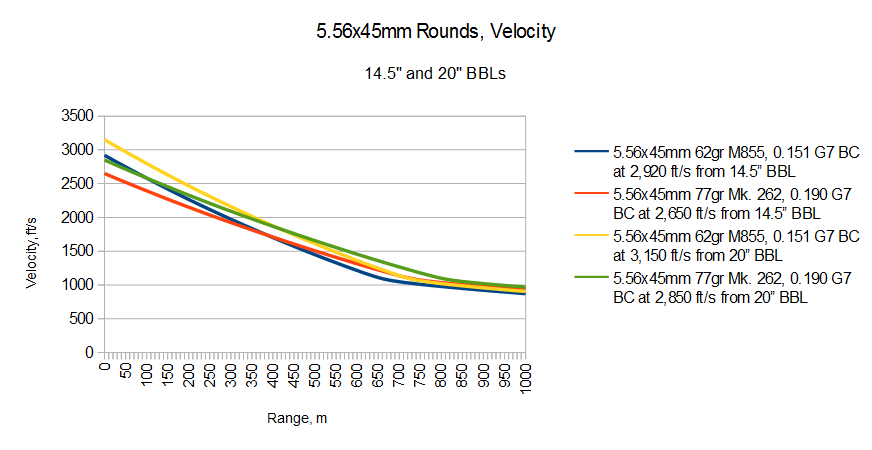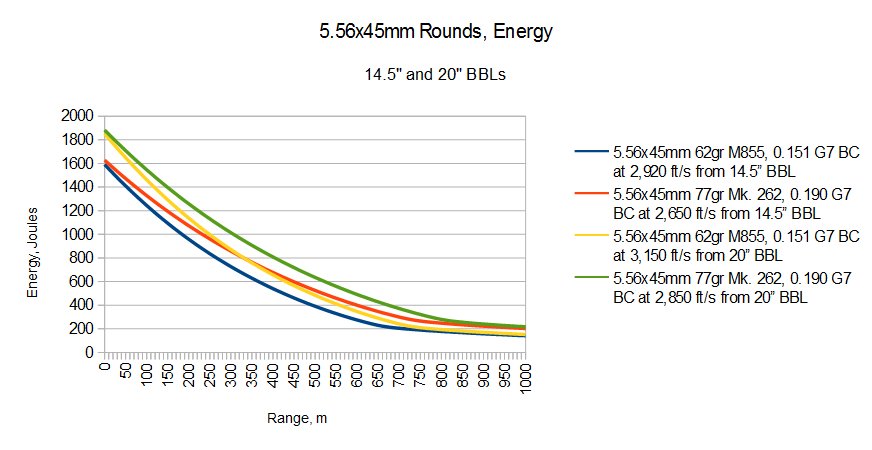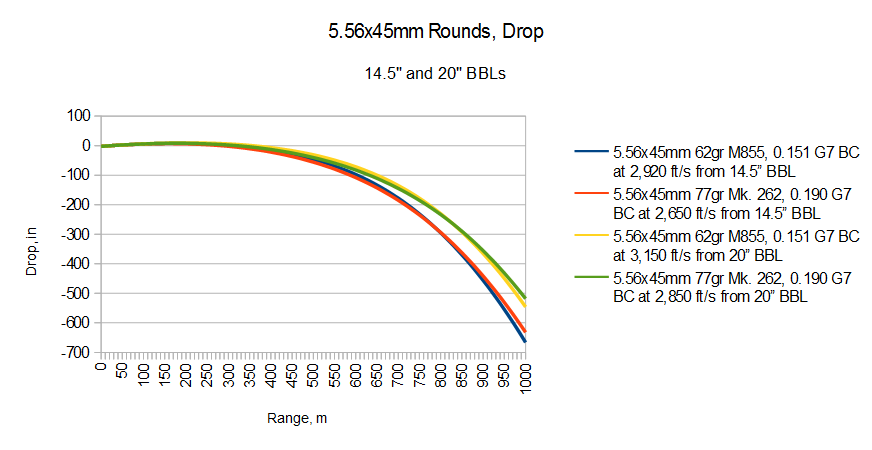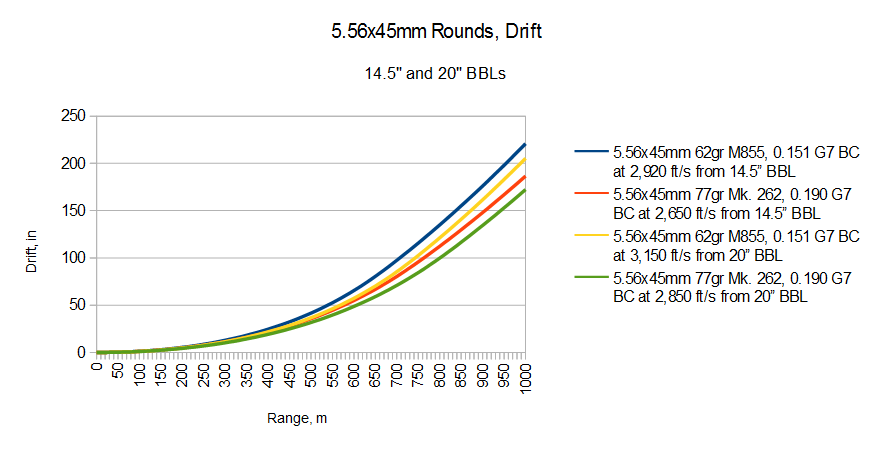“Nathaniel’s starting another series? Oh brother…”
Bear with me. I think that there is a lot of rhetoric thrown around with regards to modern defensive/military calibers that exists apart from the necessary additional data and context of the respective ammunition types being discussed. Therefore, I’d like to take some time to share my perspective on modern calibers relevant to the military infantry caliber question with TFB’s readership.
First, we’ll tackle the familiar 5.56mm round, a venerable but also controversial caliber designed in the late 1950s for the AR-15 rifle. It’s by far the most popular “black rifle” caliber in the US today, as well as the standard caliber for NATO, the USA, and her allies. A longer, comprehensive history of this caliber will follow later, but today we’ll take a look at the 5.56mm caliber as it exists now, and its ballistic characteristics.
5.56mm is what is known as “small caliber, high velocity”, meaning that it shoots a small-diameter, lightweight bullet at very high muzzle velocities compared to other rifle cartridges. Despite its small size, the standard-weight 5.56mm produces more velocity even from carbine barrels than some of the fastest .30-06 loads do from longer hunting rifle barrels. Let’s take a look at the ballistics of two different 5.56mm loads from two different barrel lengths – 14.5″ and 20″:
Here we can see how the heavier 77gr ammunition pays dividends at longer ranges, performing better ballistically-speaking from both the 14.5″ and 20″ barrels, versus M855 from a comparable barrel length. it should be noted that M855 is ballistically similar to several other 5.56 rounds with similar bullet weight, including M855A1 and Mk. 318, and so even though it is dated technology at this time, it is still representative of the performance of other 5.56mm rounds.
Ballistics aren’t the only thing that matters, though; weight does as well. Here the 5.56mm scores very well, with total cartridge weight ranging from 11 grams (170 grains) per shot for 55gr steel-cased ammunition, to just under 13 grams (201 grains) for heavy ball loads like the 77gr Mk. 262 shown in the charts above.
Stay tuned; next time we’ll take a look at the venerable Soviet 7.62x39mm caliber!
Note: All ballistic calculations are done with JBM’s Trajectory calculator, using the ballistic coefficient appropriate to the projectile being modeled, and assuming an AR-15 as a firing platform. Also, keep in mind that there is no single true velocity for a given round; velocity can vary due to a large number of factors, including ambient temperature and chamber dimensions. Instead, I try to use nominal velocity figures that are representative of the capability of the round in question.
 Your Privacy Choices
Your Privacy Choices




